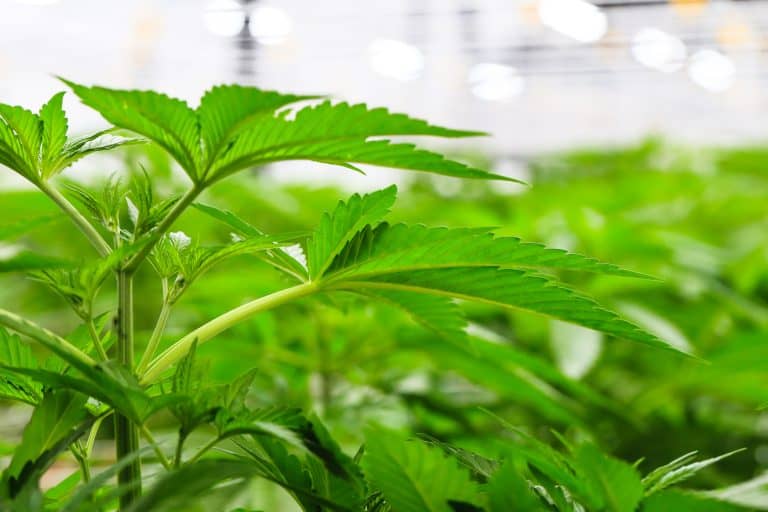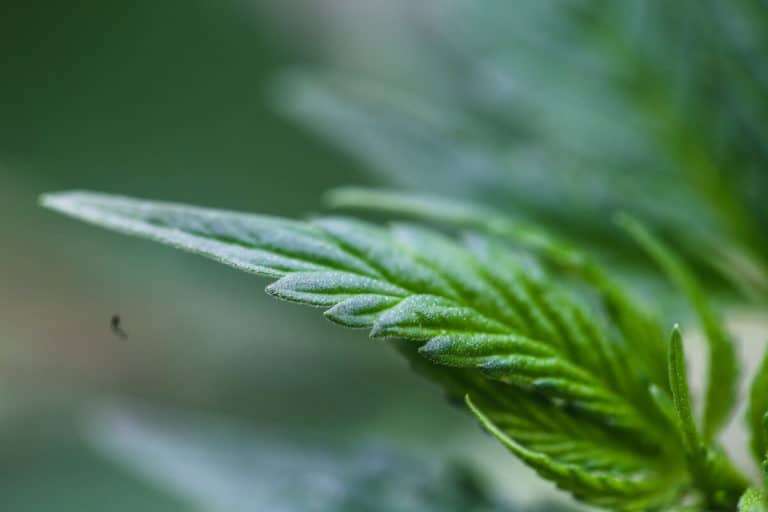Science: The ‘Lazy Stoner’ Stereotype Is Nonsense—Marijuana Users Are Actually More Active
One of the hoariest notions around cannabis is that marijuana users are indolent, slothful creatures who lay in bed when they’re not lying on the couch, laying in the snacks.
This stereotype’s origins aren’t exactly clear—it is true that cannabis helps many users sleep, which isn’t such a bad thing in a country where one-third of Americans have sleep problems—but recent research suggests that not only is the image of the “lazy stoner” inaccurate, the opposite is true.
Frequent and light cannabis users reported more physical activity than non users, suggesting weed may actually encourage physical activity, according to a study of 2,092 US adults published Thursday in the Harm Reduction Journal.

Coupled with earlier research from the University of Colorado in which cannabis was found to aid exercise routines, these recent findings are more proof that much of the classic “received wisdom” about cannabis users and the drug’s impact on peoples’ lives is propaganda and hogwash deserving of the dustbin, and not much else.
It also means that instead of imposing a burden on hospitals and life expectancies, as some legalization opponents and prohibitionists suggest, cannabis legalization may have a net positive effect on public health.
in addition:
California Gov. Newsom Needs Cannabis To Nip Recall In The BudIgnorance Still Plagues The Field Of Cannabis MedicineVaping Is Still A Less Harmful Consumption Method Than Smoking
Researchers from the University of California, San Diego’s Herbert Wertheim School of Public Health and Longevity Science looked at responses to the 2005-2006 National Health and Nutrition Examination Survey. Rather than just relying on respondents filling out questionnaires and hopefully being honest, as most drug-use datasets do, participants here had their activity levels measured by accelerometers, devices that gauge both the length and intensity of physical activity.
This study was the first to quantify physical activity—or sedentary behavior—using accelerometers, the researchers wrote.
Participants were also categorized as light, moderate, frequent, or non-cannabis users, depending on how much cannabis use they reported in the last 30 days. (Given attitudes around drug use in general and the fact that adult-use cannabis did not exist in the United States in 2005-2006, drug use rates are generally understood to be under-reported.)

Researchers found that on the whole, cannabis users’ activity rates, as measured by the accelerometers, did not “significantly differ” from non-users. However, “[f]requent cannabis users engaged in more physical activity than non-current users,” the researchers wrote in their findings.
And when individuals quit using cannabis, they seemed to stop moving quite as much. “Light cannabis users had greater odds of self-reporting physical activity compared to non-current users.”
There were some observed limitations in data. Current cannabis users tended to be younger and have lower body-mass indices than non-cannabis users. And half of cannabis users also reported smoking cigarettes; respondents who did not smoke tobacco also tended to be more active. And the devices weren’t waterproof, so if anyone did happen to be a cannabis-smoking swimmer, their activity wasn’t recorded in the data.
Why is this, what’s going on? The study didn’t examine what pharmacological effects, if any, might be encouraging cannabis users to be more active, or why frequent cannabis users tended to be more active than non-current users. It does suggest that if someone is inactive for whatever reason, the reason isn’t weed—and the world’s most popular illicit drug doesn’t seem to be slowing down anyone who uses it.
Written By: Chris Roberts, Contributor, found in: forbes.com








